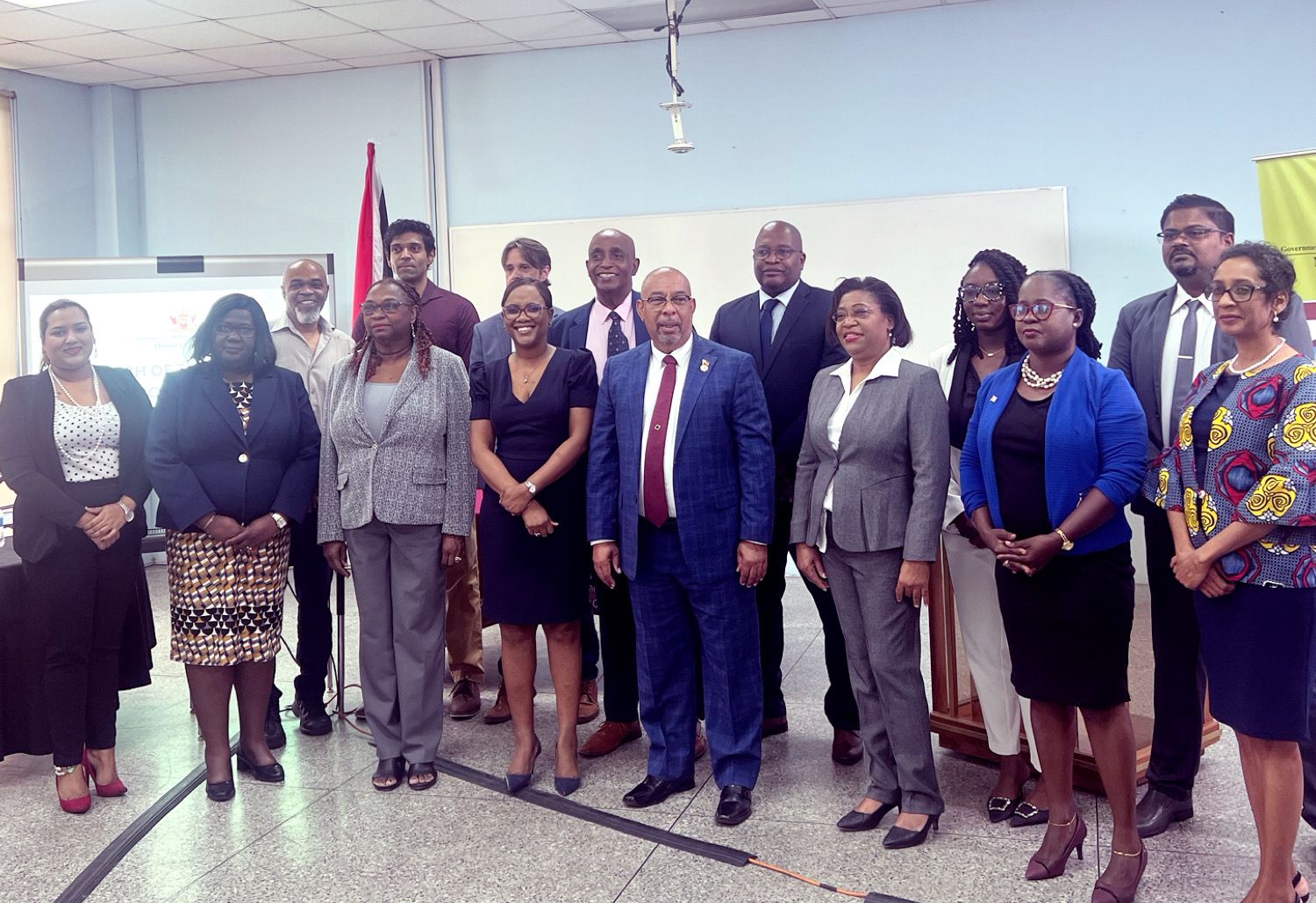“The ultimate resource in economic development is people. It is people, not capital or raw materials that develop an economy.” —Peter Drucker
Over the years, the HR community has been known for placing emphasis on the development of people, creating opportunities that teach HR practitioners how to harness the principles of HR and apply it to the working environment.
Notwithstanding, it is no secret that the role of human resource (HR) has undergone a profound transformation between the periods 2020 to 2023. The HR landscape has evolved, and organisations have come to terms with the fact that the role of HR is pivotal as they continue to increase productivity and generate revenue.
This altering environment opened the door to driving HR competence through the business. This, simply put, means leaders must take accountability for their people and recognise that HR is not solely driven by a group of persons in a centralised location but rather it is a collaborative effort between the leader and HR.
Leaders, being the closest to the employees who must adopt new behaviours and drive results, I have found that there are two (2) key competencies that must be developed as we build our leader’s HR competence.
The Communicator: Line managers are the first point of contact for employees, not HR. It is line managers who relay information from senior leaders and HR. To facilitate this role of HR to employees and position as an influencer, the way line managers communicate information is critical.
Dr Samantha Madhosingh, an executive coach, leadership consultant, psychologist and contributor to Forbes, highlighted “effective communication is the foundation upon which companies build their strategies, nurture their teams, and foster a culture of inclusivity, collaboration, and trust. Yet, despite its recognised importance, many leaders still struggle with communication challenges.” This notion can impact HR’s ability to effectively drive policy and implement change. Here’s what you can do to facilitate the role of HR to employees:
— You are in a unique position, you set the tone for your team on understanding policies or organisational changes. Internalise the information given to you and tailor it to suit your team’s dynamic. Don’t be afraid to build awareness.
— As the leader, your personal feelings about a situation or change cannot overshadow the message. It is vital that you manage your emotions and have those challenging conversations.
— Be consistent when you are communicating, consistency builds credibility. Chat with HR to ensure you are clear on the message yourself, so communication remains consistent between senior leaders, HR, and you, the line manager.
The Advocate: Employees look to their direct manager to evaluate any change or situation that is occurring. If line managers only passively support the organisation’s decisions or are unable to support initiatives/engagement activities, employees are likely to do the same. Like HR practitioners, leaders are advocates and coaches to the organisation and employees. You have already managed some level of people resistance when you show up to work ready to be an advocate. Easier said than done, so I have listed a few tips to help you build this competence of empowerment:
— Be informed, you cannot advocate for something where there is a lack of knowledge.
— Be intentional about how you portray your support. Employees can easily sense fear or inauthenticity.
— Be ready, always ready to answer questions in the most transparent way.





